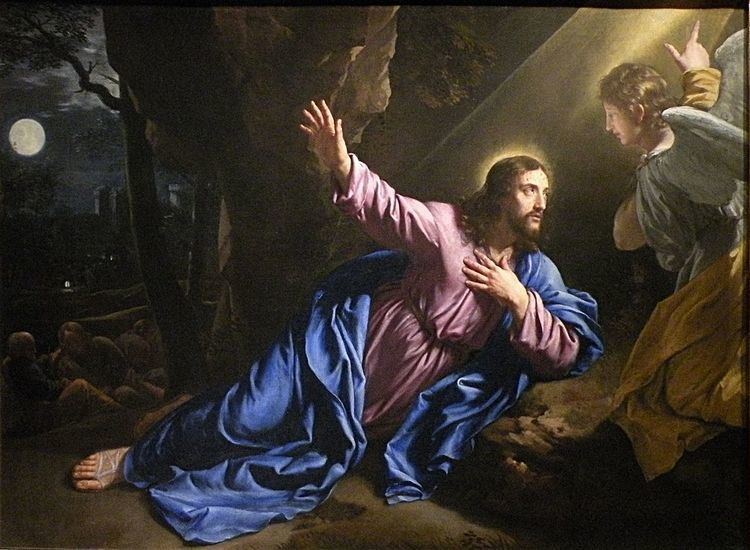Catalogue WAB 11 | ||
 | ||
Performed 9 November 1884 (1884-11-09): Vienna | ||
Christus factus est ("Christ became obedient"), WAB 11, is a sacred motet by Anton Bruckner, his third setting of the Latin gradual Christus factus est, composed in 1884. Before, Bruckner composed in 1844 a first piece on the same text as gradual of the Messe für den Gründonnerstag (WAB 9), and in 1873 a motet (WAB 10) for eight-part mixed choir, three trombones, and string instruments ad libitum. The motet is an expressive setting of the gradual, influenced by Wagner's music.
Contents
History
Bruckner composed this motet, which uses the gradual of Maundy Thursday, on 25 May 1884. The piece was performed six months later, on 9 November, in the Wiener Hofmusikkapelle. Bruckner dedicated the work to Oddo Loidol, one of his students. The piece was published together with three other graduals (Locus iste, WAB 23, Os justi, WAB 30, and Virga Jesse, WAB 52) by Theodor Rättig, Vienna in 1886. The motet is put in Band XXI/30 of the Gesamtausgabe.
Music
The work in 79 bars in D minor is set for mixed choir a cappella. It takes about five minutes to perform.
In the first part (bars 1-19), till "mortem autem crucis", the choir is singing in homophony. It expresses in sombre lines how inhuman is God's demand to implacable obedience to the death, even the death on the cross. After a one-bar rest (bar 20), the motet evolves in waves of intensification, with twice the Dresdner Amen, on "exaltavit illum" (bars 23-24) and "super omne nomen" (bars 37-38), respectively. After a second one-bar rest (bar 56) it reaches a dramatic climax (bars 57-62). Thereafter the motet is evolving diminuendo and a gradual sorrowful rest returns. with the 8-bar coda in pianissimo, which is harmonically similar to that of the previous setting of 1873. Publisher Carus-Verlag summarizes that by means of modulation and chromatic, Bruckner achieves heightened expressiveness for the Passion text.
Bruckner composed the piece when he was in preparation to have his seventh symphony performed and revised his Te Deum. The second part of the Grail-motif from Wagner's Parsifal which the composer had heard in Bayreuth in 1882 is also the Dresdner Amen.
Selected discography
The first recording of Bruckner's Christus factus est, WAB 11 occurred in 1928:
A selection among the about 100 recordings:
